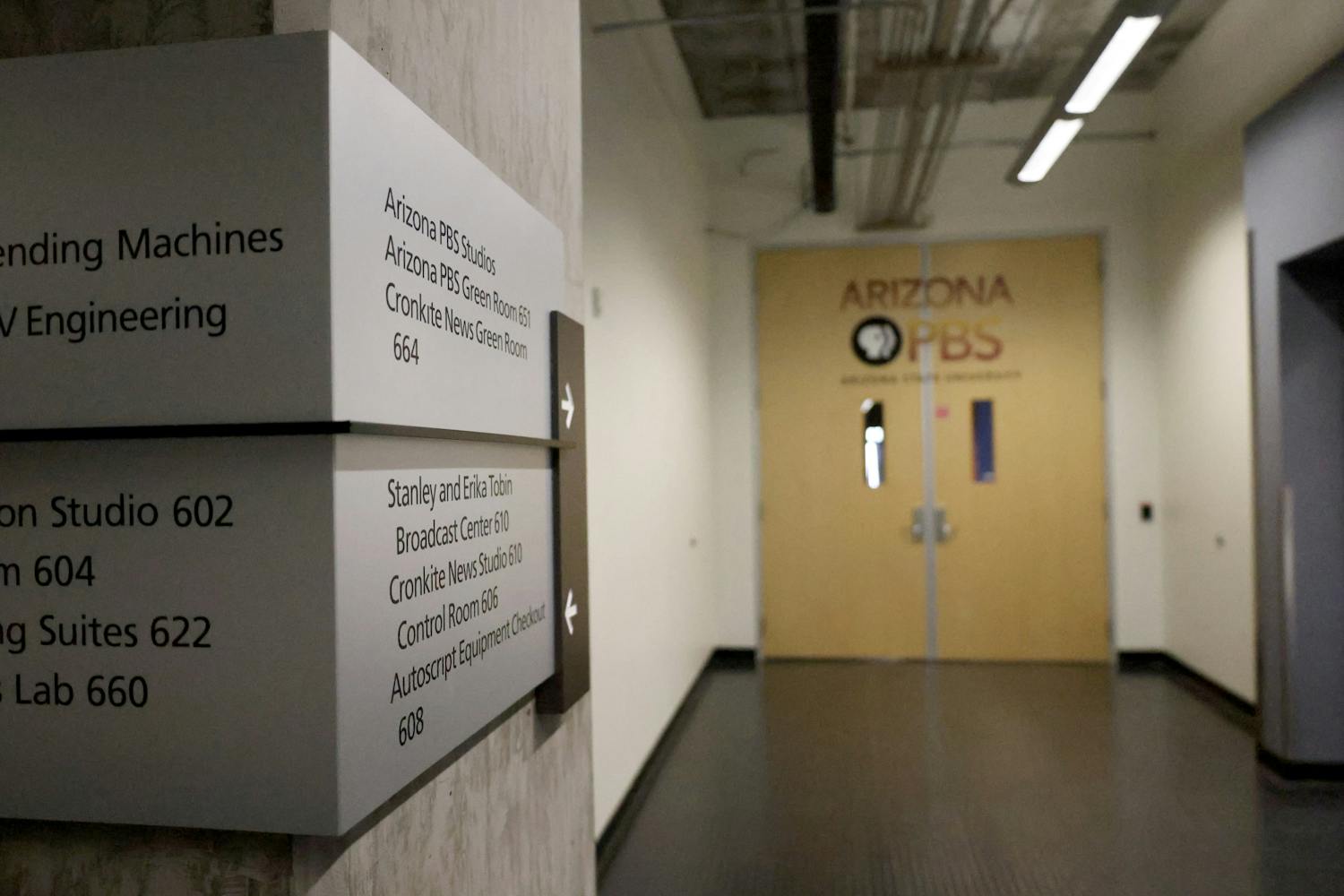What if there was a way for doctors to know what diseases their patients were susceptible to before they even showed symptoms?
Two Biodesign Institute researchers have been awarded more than $5 million in grants to further pursue research into a cutting edge technology to sequence an individual’s genetic information, or genome.
Two grants were individually awarded to Stuart Lindsay and Bharath Takulapalli by the National Human Genome Research Institute — a subset of the National Institutes of Health —to collaborate in their research of inventing a device that can read a genome sequence at very high speeds.
ASU was the only university to be awarded more than one grant. In total, the NHGRI funded nine different teams to attempt to develop the technology, according to an Aug. 24 ASU press release.
“It’s quite an acknowledgement of ASU’s leading position in this field,” Lindsay said.
The technology — if successful — would allow for a much quicker reading of an individual’s DNA sequence for under $1,000. According to the press release, DNA sequencing currently costs approximately $20,000.
“There’s a huge societal need for that,” said Joe Caspermeyer, associate director of communications for the Biodesign Institute. “There’s no way for people to get their genetic information fast and cheap,” he said.
This is essential because as Caspermeyer said, “DNA is the blueprint behind all diseases and hereditary information.”
Current methods of DNA sequencing are too expensive and much too slow to be used in everyday medicinal practice, Lindsay said.
The current costs of having an individual’s DNA sequence read are too high for most patients, he said. If the process of reading DNA were sped up, this could significantly reduce the cost.
While both ASU researchers are pursuing different variations of research in order to achieve the same goal, Lindsay’s grant was significantly higher than Takulapalli’s award, because Lindsay’s work is an advanced program that has already demonstrated that his research team can actually read the DNA code in basic science experiments, Takulapalli said.
“Dr. Lindsay has been awarded a $4.1 million grant for an advanced program to develop a prototype genome sequencer,” Takulapalli said. “He has invented a new technology called recognition tunneling, and has already demonstrated its use in reading individual bases of the DNA.”
Lindsay said the researchers are trying to develop a way of reading the sequence of DNA molecules without a process that involves chemical reactions.
“If we could make this work, then you could read DNA molecules with a little chip, like a micro processor chip that you might find inside your computer,” he said. “This would make DNA sequencing much easier, much faster, and much cheaper,” he said.
Lindsay said the purpose of the grant is to have solid results within three to four years.
Lindsay’s research team has already shown that Dr. Lindsay’s technique will work, Takulapalli said.
Takulapalli’s $916,000 grant will be used to pursue research into using a device called a Field-Effect-Transistor sensor to read the DNA bases at much faster speeds.
When DNA passes through a nano-pore — a very small hole in a chip — it can be a challenge to read at very high speeds, Takulapalli said.
“FETs are central to most electronic devices, such as computers and mobile phones,” he said. “Computer chips usually operate at very high speeds; at giga hertz frequencies. So the idea is to use these high-speed chips to read the DNA as it passes through the nano-pore.”
Takulapalli said he wants to expand upon Lindsay’s technology of recognition tunneling with his FET sensor chip to read an individual’s genome sequence at extremely high speeds.
“If we could succeed in any one way it would be a breakthrough in health care,” Takulapalli said. “You will actually know what a child is susceptible to. You could possibly diagnose and take preventative measures.”
Reach the reporter at Kmmandev@asu.edu



